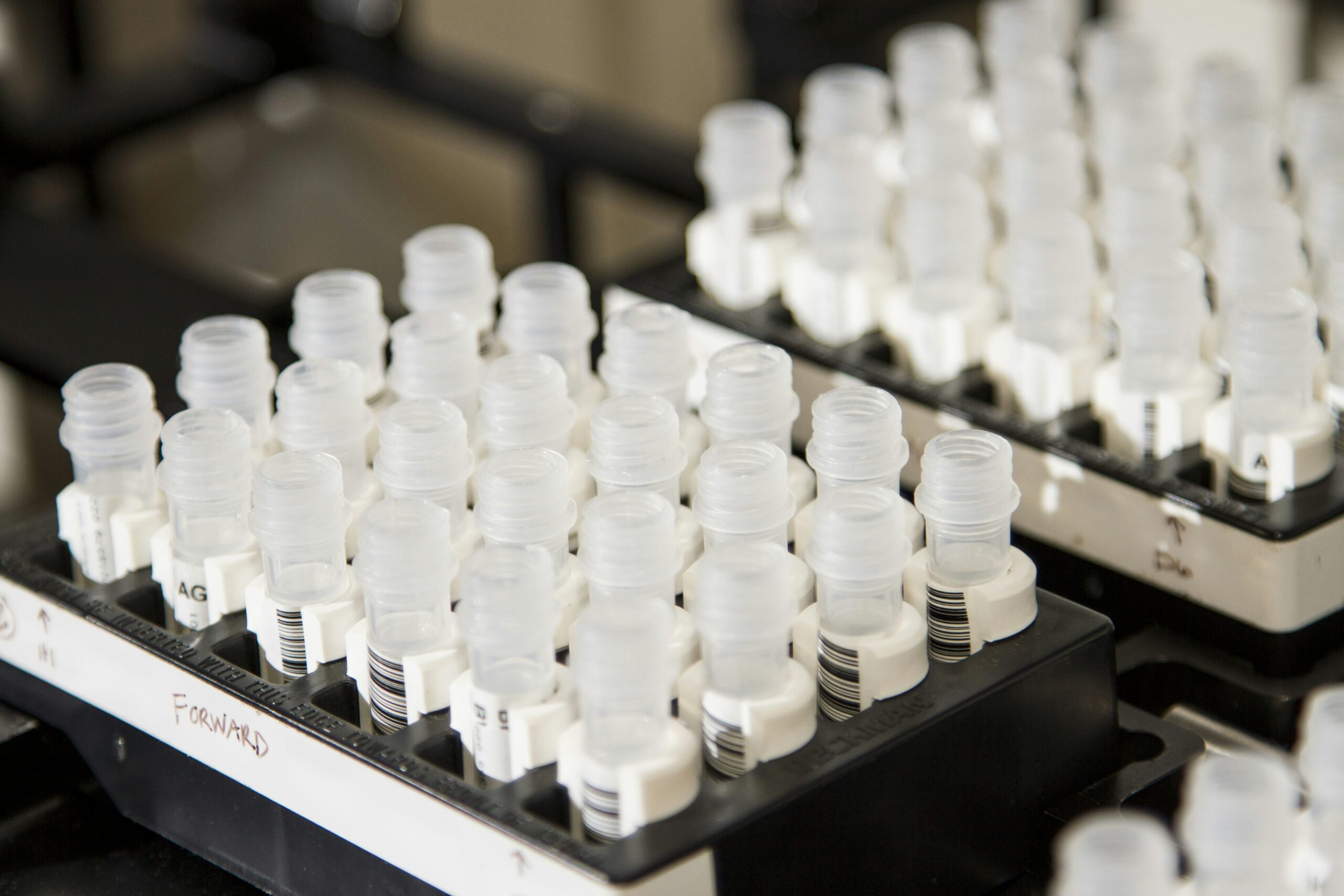Is The Prostate Always Completely Inside The Body?” explores the fascinating intricacies of male anatomy in a way that's both informative and engaging. You might be curious about where exactly the prostate is located and how it fits within your body's internal structure. This article delves into these questions, demystifying the position and function of the prostate gland with clarity and simplicity. By the end of the read, you’ll have a much better understanding of this important part of your body and why its location matters. Have you ever found yourself wondering, “Is the prostate always completely inside the body?” It's a question that may not come up often in everyday conversation but is important nonetheless. Let's take a journey through the ins and outs of the prostate, its location, function, and what you really need to know about this vital part of the male body.
Understanding the Prostate
Let's start with the basics to ensure we're all on the same page. The prostate is a small gland roughly the size of a walnut, and it is a significant part of the male reproductive system.
What is the Prostate?
The prostate plays a crucial role in male reproductive health. It’s responsible for producing a fluid that forms part of semen, which helps to nourish and transport sperm during ejaculation. Despite its small size, it has a big job to do!
Where is the Prostate Located?
The prostate is situated just below the bladder and in front of the rectum. It surrounds the urethra, the tube through which urine flows from the bladder and out of the body. Given its location, it is indeed completely inside the body—a fact that can sometimes surprise people.
The Importance of the Prostate
While it might not get as much attention as other organs, the prostate is essential for fertility and urinary health. Understanding its location and function can give you a broader perspective on why it’s so important to keep it healthy.
The Anatomy of the Prostate
It can be helpful to delve deeper into the prostate's anatomical features to understand why it functions the way it does.
Internal Structure
The prostate is divided into three main zones: the peripheral zone, the central zone, and the transition zone. Each zone has its own specific functions and characteristics.
- Peripheral Zone: This is where most prostate cancers begin. It’s the largest zone and is located at the back of the prostate near the rectum.
- Central Zone: This surrounds the ejaculatory ducts and is resistant to cancer and inflammation.
- Transition Zone: This surrounds the urethra and is the area that typically enlarges with age, which can affect urination.
Specific Functions
Each zone contributes to the prostate’s overall function. The fluid produced by the prostate is slightly alkaline, which helps to protect sperm in the acidic environment of the vagina. Additionally, its muscular components help eject semen during ejaculation.
Common Prostate Issues
Understanding potential prostate issues can empower you to take proactive steps toward maintaining your prostate health. Here's a look at some common conditions that can affect the prostate.
Benign Prostatic Hyperplasia (BPH)
As men age, it's common for the prostate to enlarge, a condition known as benign prostatic hyperplasia (BPH). Although not cancerous, BPH can cause uncomfortable symptoms like frequent urination, difficulty starting and stopping urine flow, and a feeling of incomplete bladder emptying.
Prostatitis
Prostatitis is the inflammation of the prostate. It can be acute or chronic and is often caused by bacterial infections. Symptoms might include pain in the groin, painful urination, and flu-like symptoms.
Prostate Cancer
Prostate cancer is one of the most common types of cancer in men. It often grows slowly and initially remains confined to the prostate gland, where it may not cause serious harm. Early detection is key, often found through screening tests like PSA (prostate-specific antigen) tests.
Comparing Prostate Issues
Here’s a quick comparison of these common prostate issues:
| Condition | Cause | Common Symptoms | Treatment Options |
|---|---|---|---|
| BPH | Age-related enlargement | Frequent urination, weak stream | Medications, surgery |
| Prostatitis | Bacterial infection | Painful urination, pelvic pain | Antibiotics, anti-inflammatory medications |
| Prostate Cancer | Genetic and lifestyle factors | Rare in early stages; later may include pain, blood in urine | Surgery, radiation, hormone therapy, chemotherapy |
Prostate Health Tips
Taking care of your prostate health is essential for overall wellbeing, especially as you age. Here are some effective tips to help you maintain a healthy prostate.
Regular Check-ups
Routine physical exams and screenings are critical. The earlier any potential issues are detected, the more effective the treatment options may be.
Healthy Diet
A balanced diet rich in fruits, vegetables, and healthy fats can go a long way in maintaining prostate health. Foods like tomatoes, broccoli, and nuts are particularly beneficial.
Physical Activity
Exercise helps improve your overall health, including your prostate. Regular physical activity can help maintain a healthy weight, reducing the risk of BPH and prostate cancer.
Staying Hydrated
Good hydration is essential for prostatic health. Drinking plenty of water helps ensure everything in your urinary system functions smoothly.
Avoiding Risky Behaviors
Limit your consumption of alcohol and avoid smoking. Both can have a negative impact on your prostate health and increase your risk of prostate-related problems.

When to See a Doctor
It’s essential to know when to seek professional medical advice. Understanding the warning signs can help you act promptly, ensuring that any issues are addressed early.
Noticeable Symptoms
If you experience any of the following symptoms, it's a good idea to consult with your healthcare provider:
- Difficulty urinating
- Blood in urine or semen
- Painful urination
- Persistent lower back or pelvic pain
Regular Screenings
For men aged 50 and above, regular prostate screenings are recommended. Those with a family history of prostate issues may need to begin screenings earlier. Discuss with your doctor to determine the most appropriate screening schedule for you.
Treatments and Interventions
Different conditions require different treatment approaches. Let’s explore what options are available for common prostate issues.
Medications
Medications are often the first line of treatment for BPH and prostatitis. Alpha-blockers can help relax the muscles around the prostate, making urination easier, while antibiotics can treat bacterial prostatitis.
Surgical Options
When medications aren’t enough, surgical options like transurethral resection of the prostate (TURP) may be considered for BPH. For prostate cancer, surgery might involve removing the prostate (prostatectomy).
Radiation and Chemotherapy
Radiation therapy and chemotherapy are typically used in more advanced prostate cancer cases. These treatments aim to kill or shrink cancer cells and may be used in combination with surgery and hormone therapy.
Lifestyle Changes
For milder conditions, simple lifestyle changes can provide relief. Strategies such as reducing caffeine and alcohol intake, practicing pelvic floor exercises, and maintaining a healthy weight can be beneficial.
The Future of Prostate Care
Advancements in medical science are continually improving prostate care. Emerging technologies and research may lead to even more effective and less invasive treatments.
Innovations in Treatment
New treatments like High-Intensity Focused Ultrasound (HIFU) and focal therapy are showing promise in treating prostate issues with fewer side effects and quicker recovery times.
Genetic Research
Ongoing genetic research may provide insights into who is at risk for prostate cancer, allowing for personalized and more effective prevention and treatment strategies.
Conclusion
So, is the prostate always completely inside the body? Absolutely! It's tucked away behind the bladder and in front of the rectum, diligently performing its role in the male reproductive system. Knowing how to care for it, recognize potential issues, and seek appropriate medical care is crucial for maintaining long-term health. Remember, a proactive approach can make all the difference. Don’t wait—take the steps today to ensure your prostate stays healthy and functional for years to come.
Thank you for joining me on this journey to better understanding the prostate. If you have any questions or concerns, don't hesitate to reach out to your healthcare provider. Your health is worth it!



